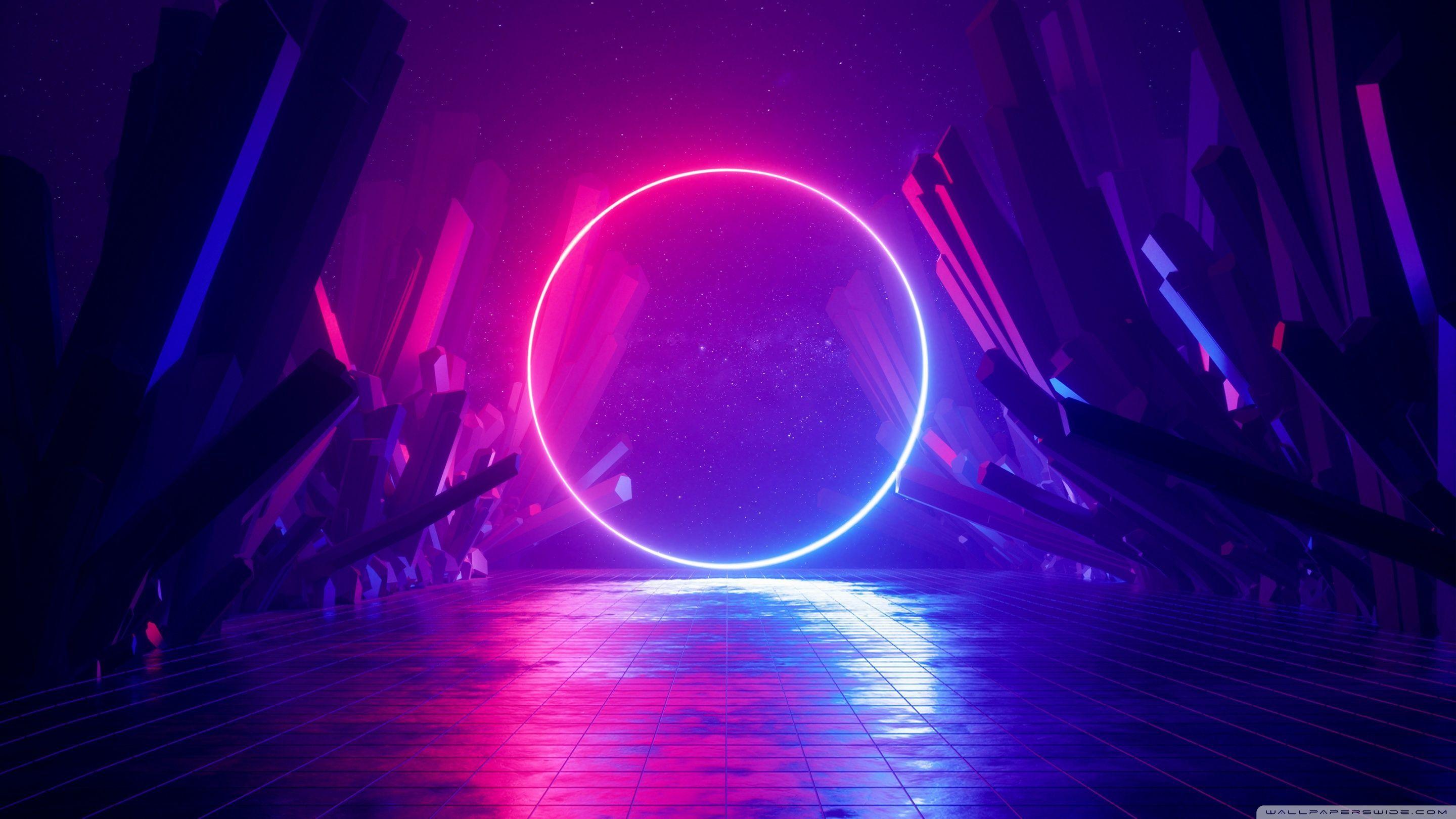The Art of Ambiance: Background Wallpaper in Music Apps
Related Articles: The Art of Ambiance: Background Wallpaper in Music Apps
Introduction
In this auspicious occasion, we are delighted to delve into the intriguing topic related to The Art of Ambiance: Background Wallpaper in Music Apps. Let’s weave interesting information and offer fresh perspectives to the readers.
Table of Content
The Art of Ambiance: Background Wallpaper in Music Apps
![Ambient Chill Music [Full Tracks] Royalty Free Background Music - Envato](https://i.ytimg.com/vi/DZpPhCGoPLg/maxresdefault.jpg)
In the digital landscape, where music consumption is increasingly visual, the role of background wallpaper in music apps extends beyond mere aesthetics. It serves as a crucial element that enhances user experience, fosters engagement, and reflects the brand’s identity. This article delves into the multifaceted nature of background wallpaper in music apps, exploring its significance, benefits, and best practices.
Visual Harmony: A Symphony of Colors and Textures
Background wallpaper provides a visual canvas that complements the music experience. It serves as a backdrop for the app’s interface, creating a cohesive and immersive environment for the user. The choice of color palette, textures, and imagery can significantly influence the user’s perception of the music app.
Aesthetically Pleasing: A well-designed background wallpaper can elevate the visual appeal of the app, making it more engaging and enjoyable to use. The choice of colors, patterns, and textures should align with the app’s overall design aesthetic and target audience.
Emotional Resonance: Background wallpaper can evoke specific emotions and moods, enhancing the listening experience. For instance, a calming background image with soft colors can complement relaxing music, while a vibrant and energetic background can enhance the intensity of upbeat tracks.
Brand Identity and Differentiation: Background wallpaper serves as a visual expression of the music app’s brand identity. It can communicate the app’s values, personality, and target audience. Unique and memorable wallpaper designs can help the app stand out from competitors.
Functionality and User Interface
Background wallpaper plays a crucial role in enhancing the functionality and user experience of a music app.
Improved Readability: A well-chosen background color can improve the readability of text on the interface, ensuring that essential information, such as song titles, artists, and album covers, is easily visible.
Visual Hierarchy: Background wallpaper can be used to create visual hierarchy, guiding the user’s attention to key elements of the app’s interface. For example, a darker background can highlight album covers or song titles, making them stand out.
User Customization and Personalization
One of the key benefits of background wallpaper is its ability to provide users with a personalized experience. Offering users the option to choose their own background wallpaper allows them to customize the app to their preferences, fostering a sense of ownership and engagement.
Customization Options: Music apps can offer a variety of customization options for background wallpaper, including:
- Pre-set Themes: Provide users with a selection of pre-designed themes based on different moods, genres, or occasions.
- Image Uploads: Allow users to upload their own images as background wallpaper, enabling them to personalize the app with their favorite photos or artwork.
- Color Selection: Offer a range of color palettes for users to choose from, allowing them to create a background that complements their personal style.
- Dynamic Backgrounds: Implement dynamic backgrounds that change based on the current song, artist, or album, providing a more immersive and interactive experience.
Best Practices for Background Wallpaper Design
Designing effective background wallpaper for music apps requires careful consideration of various factors:
Color Choice: Choose colors that complement the app’s overall design aesthetic and evoke the desired mood. Consider using color theory principles to create a harmonious and visually appealing background.
Image Selection: Select images that are high-resolution and visually appealing, avoiding distracting or overly busy designs. Consider using images that relate to music, such as instruments, concert venues, or abstract patterns.
Texture and Pattern: Use textures and patterns sparingly to avoid overwhelming the user. Subtle textures can add depth and interest to the background without detracting from the app’s functionality.
User Experience: Ensure that the background wallpaper does not interfere with the user’s ability to interact with the app. Avoid using images that are too dark or too bright, as this can make it difficult to read text or see album covers.
Accessibility: Consider users with visual impairments when designing background wallpaper. Ensure that the color contrast between the background and text is sufficient to provide adequate readability.
FAQs on Background Wallpaper in Music Apps
Q: How does background wallpaper affect user engagement?
A: Background wallpaper enhances engagement by creating a visually appealing and personalized experience. It allows users to express their preferences and create a more immersive environment for listening to music.
Q: What are some common design mistakes to avoid when creating background wallpaper?
A: Common mistakes include using low-resolution images, choosing colors that clash with the app’s overall design, and creating backgrounds that are too busy or distracting.
Q: How can I ensure that my background wallpaper is accessible to users with visual impairments?
A: Use sufficient color contrast between the background and text, and consider providing alternative text descriptions for images.
Q: What are the benefits of offering user customization options for background wallpaper?
A: Customization options foster user engagement, personalization, and a sense of ownership over the app.
Tips for Implementing Background Wallpaper in Music Apps
- Conduct user research to understand their preferences and expectations for background wallpaper.
- Offer a variety of customization options to cater to diverse user needs and preferences.
- Use high-quality images and ensure that the background wallpaper complements the app’s overall design aesthetic.
- Test the background wallpaper on different devices and screen sizes to ensure optimal performance and visual appeal.
- Prioritize accessibility by providing sufficient color contrast and alternative text descriptions for images.
Conclusion: The Power of Visual Enhancement
Background wallpaper in music apps is not merely a decorative element. It plays a vital role in shaping user experience, fostering engagement, and reflecting brand identity. By carefully considering design principles, user preferences, and accessibility guidelines, developers can leverage background wallpaper to create a visually captivating and immersive environment that enhances the joy of listening to music. The art of ambiance lies in the subtle yet impactful details that elevate the digital experience, and background wallpaper serves as a powerful tool in achieving this goal.








Closure
Thus, we hope this article has provided valuable insights into The Art of Ambiance: Background Wallpaper in Music Apps. We appreciate your attention to our article. See you in our next article!